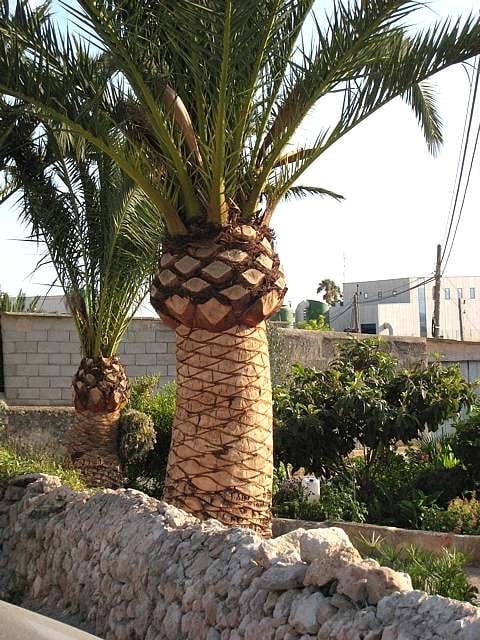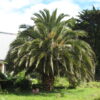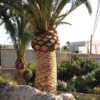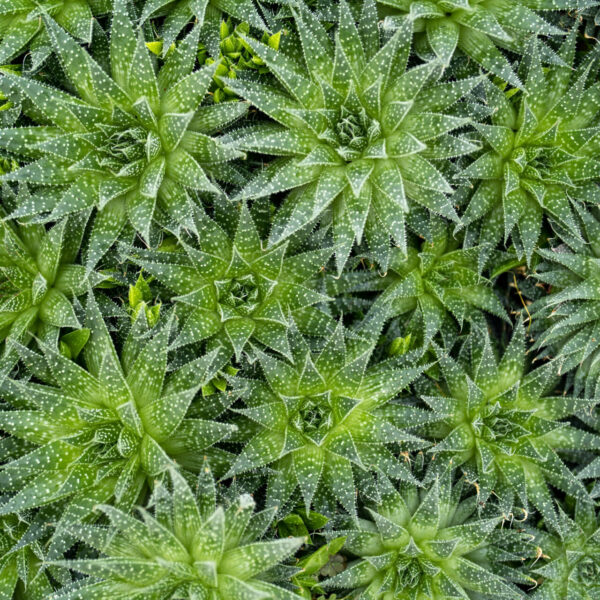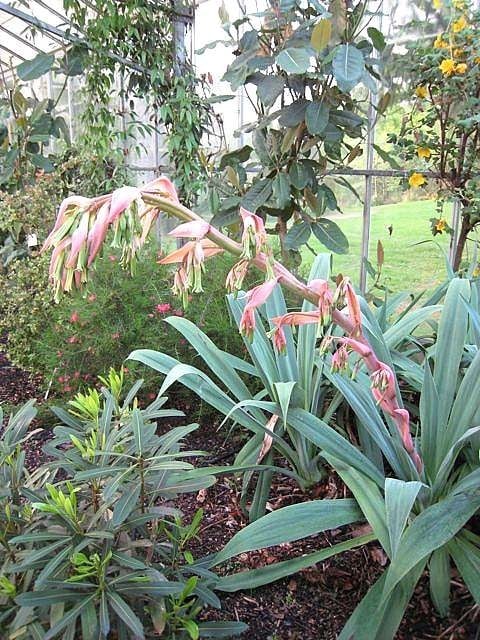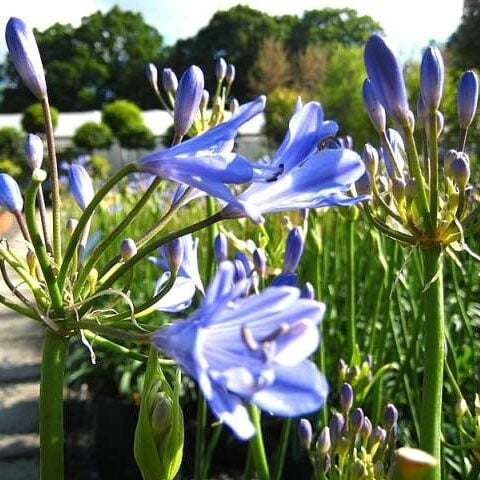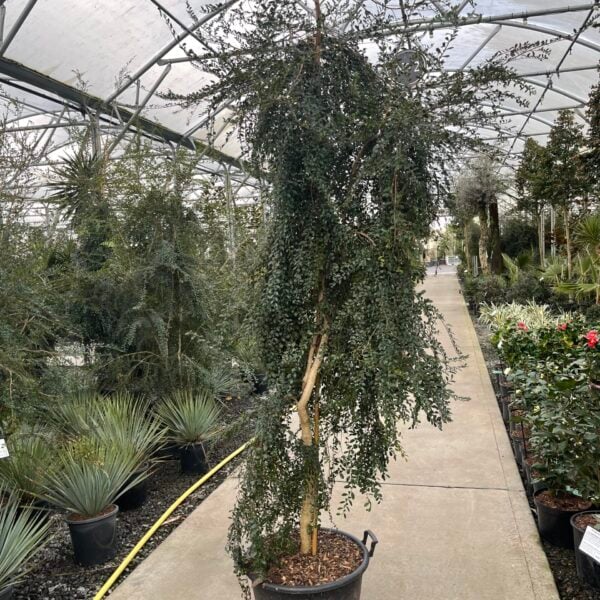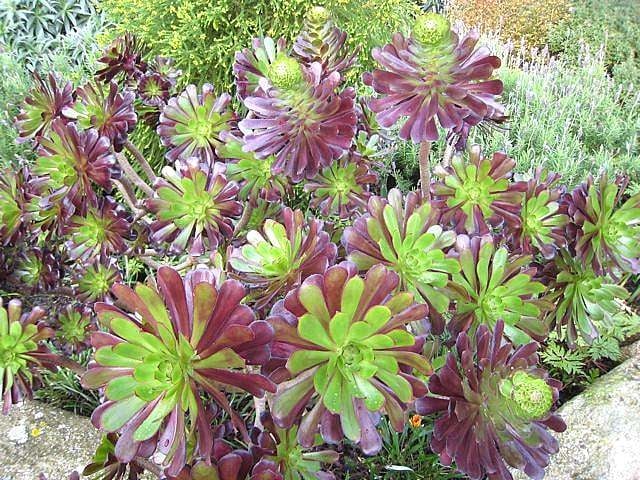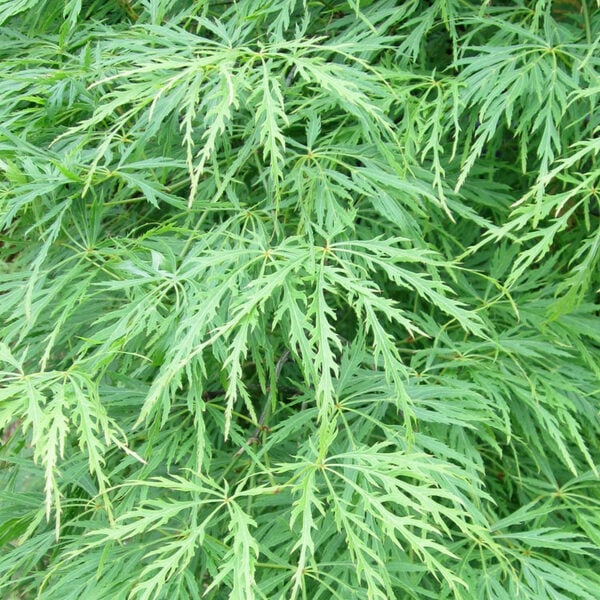Phoenix canariensis (Canary Island Date Palm)
Waving fronds straight from the Riviera. Hardy in London, Falmouth, Sydney etc. There’s even a fine example in Port Talbot waving at the M4. 20ft tall x 20ft wide after 15 years. Please contact us for stock availability and sizes.

Hardiness level Red
If you've ever watched The Simpsons you'll understand why this is also known as the Side Show Bob Palm. Huge, exotic, dramatic. Palm trees don't get much better than this. Fast growing (20ft x 20ft in less than 10 years), wind proof but - unfortunately - not very hardy and only suitable for certain areas - protected urban coastal and central London. They form a big fat trunk and big established trees can grow to 50ft tall with a 30ft canopy. Impressive by any standards.
You could try it in a huge pot but where are you going to put it for the winter? Do you have a spare hangar?
As the name would suggest, it comes from the Canary Islands and is often referred to as the Canary Island Date Palm. It's distinct from the true Date Palm (Phoenix dactylifera) by being greener, denser and - most would agree - much prettier. Faster growing too. It doesn't produce edible fruits but we think we can live with that.
The leaves become so enormous, you need to use quite a substantial saw to cut the old leaves off. Remove them as soon as they begin to look yellow or tatty. The cut ends are diamond shaped and as the tree grows, that familiar pineapple base appears that then changes into a proper stout trunk with age. The base leaflets on the fronds are like stilettos but then most of our best plants are pretty damned dangerous. Quite right too.
Fine specimens can be seen on the roundabout on the north side of Lambeth Bridge, the intersection of Kensington High Street and Warwick Gardens (several), the front at Southsea (a mighty fine row) and waving around in Port Talbot just north of the M4.
For information and ideas on winter protection go to the Glossary of Terms .
Grown from seed.
N.B. When clipping several plants with the same tool, have a bucket containing a 5% bleach solution and swish your blades around for 30 seconds between plants to sterilise them. This will help avoid the chance of cross contamination of disease.
As with all woody plants, plant high, exposing as much of the taper at the base of the trunk as possible. Allowing soil to accumulate round the base of a tree can be fatal. Keep very well watered when first planted.
Additional Information |
|
|---|---|
| Soil Type | |
| Light | |
| Plant Type | |
| Continent of Origin | |
| Specialist Plants | |
| Features | |
| Situation | Coastal, Mild City Gardens, Plants for Pots, Sheltered Garden |
| Hardiness | |






